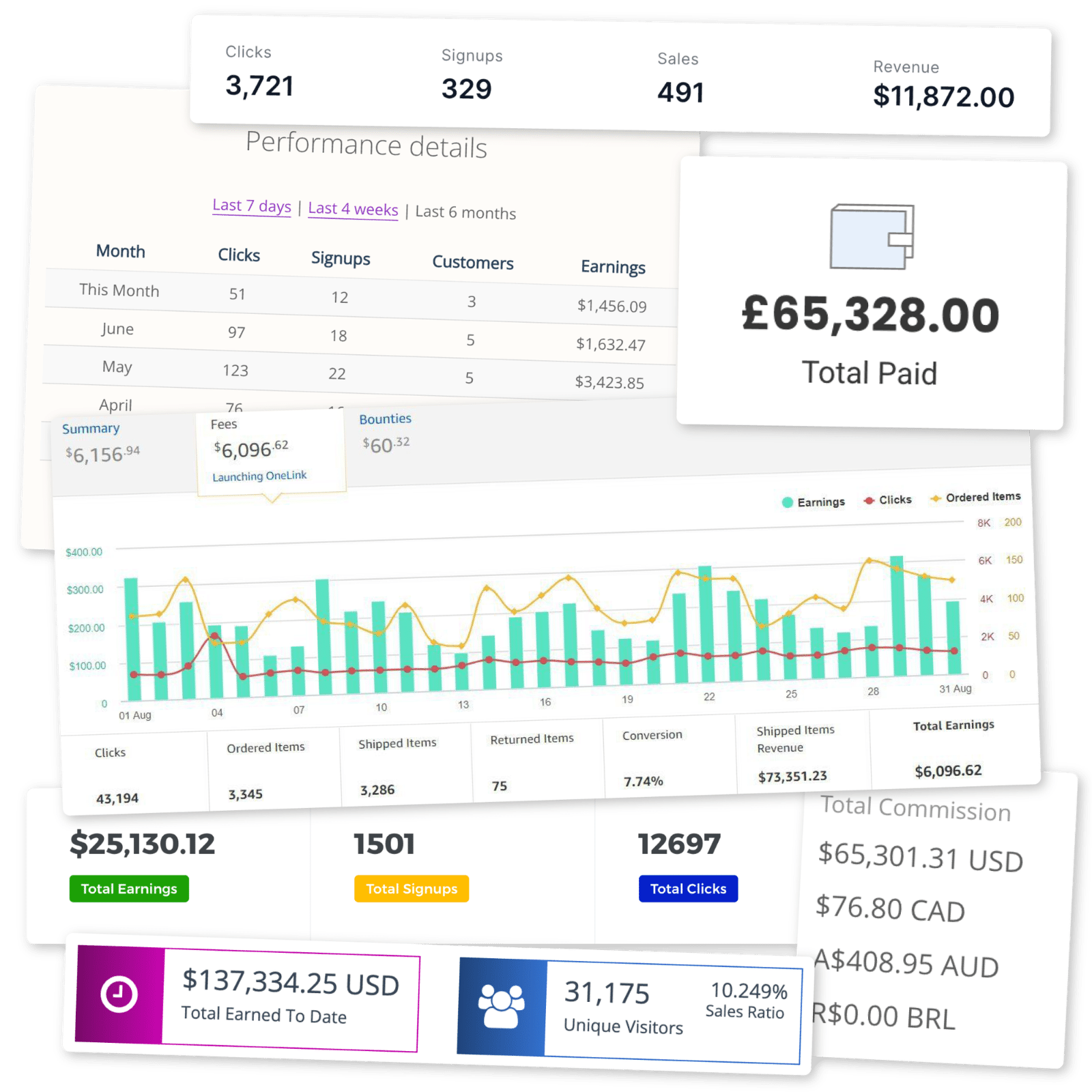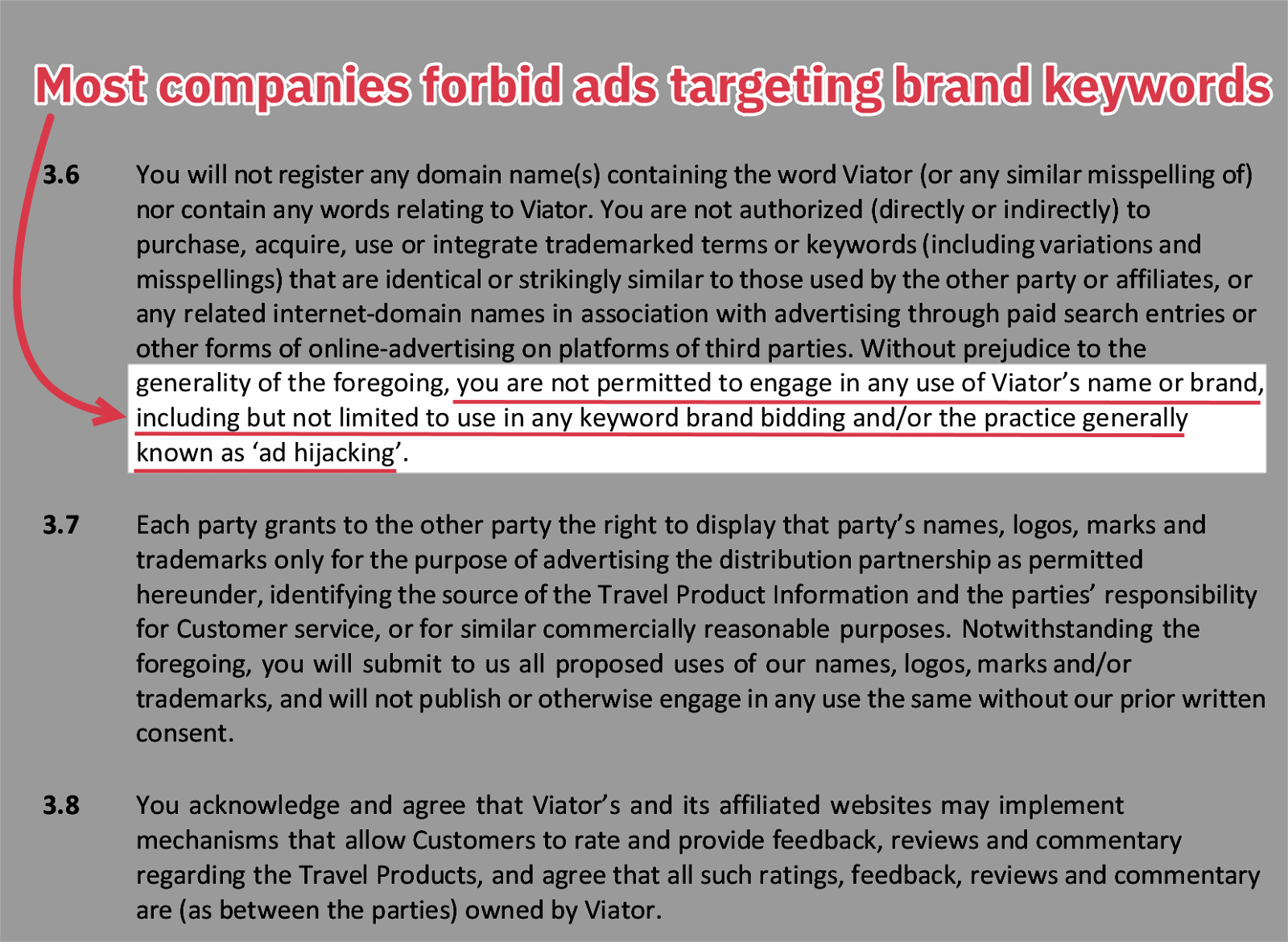Doing affiliate marketing without social media is a great idea.
On average, you’ll make more money using methods other than social media.
Our affiliate marketing statistics show that affiliate marketers with 6+ years of experience rely 26.7% less on social media than beginners – which means they find other methods more effective.
This data mirrors our own experience. We’ve built and sold multiple 6-figure affiliate marketing businesses over the past decade and earned a ton of affiliate commissions. We also found that social media is the least effective strategy.


In this post, I’ll walk you through these higher-converting methods and explain how to use them to become a more successful affiliate marketer.
How To Do Affiliate Marketing Without Social Media Followers
There are three primary ways to start affiliate marketing without building a social media following.
Let’s discuss each of these digital marketing channels in greater detail so you can better understand which works best for you.
1 Start an Affiliate Marketing Website
We highly recommend having a dedicated website if you want to make money online and build a successful affiliate marketing business. The advantages of building your own site are unparalleled – even if you have social media followers.
Here’s a quick look at the main benefits:
- Free traffic with SEO: Search engines can send many free organic visitors your way.
- Ready-to-buy audience: Those searching online often have pressing needs, making them likely to convert if your site appears for their search query.
- Evergreen content: Unlike trending posts, a strong website article can drive traffic for years.
- Privacy and autonomy: There’s no need to showcase your personal life. A transparent About page and Contact page are enough to build trust.
- Your game, your rules: Social media platforms constantly change their algorithms, affecting visibility. Although websites are still affected by search algorithm changes, you can build an email list and create a traffic source that isn’t affected by algorithms.
- Earn on auto-pilot: A website is not dependent on you doing all the work. You can outsource much of the workload and earn passively.
- Build an asset: You can sell your website for 20-50 times its monthly revenue. (We’ve sold multiple blogs for six-figure exits!)
Note that an affiliate website isn’t a get-rich-quick scheme. It requires substantial time investment in learning, content creation, and marketing before you start earning significant money.
Also, building a website is now easier than ever, making this the best time to start a blog. With platforms like WordPress (which we use at Authority Hacker), even the least tech-savvy users can set up a functional affiliate website in minutes.
With your site up and running, follow these steps to start your affiliate marketing journey.
- Choose a niche you love that also interests others.
- Join an affiliate program in your niche.
- Promote affiliate products or services in the program that you find useful.
- Write product reviews, how-to guides, product roundups, etc., to attract people facing a problem the product can solve.
- Insert your affiliate link into your content with proper call-to-action.
- Ensure your articles are SEO-friendly to top the search results.
- Actively promote your content on forums, online groups, social media pages, etc.
2 Build an Email List
Did you know that affiliate marketers who use email marketing earn 66.4% more than those who don’t? For savvy affiliate marketers, email marketing is an indispensable tool for maximizing conversions.
Apart from the high ROI, here are some other benefits of email marketing:
- Direct access. Emails land directly in subscribers’ inboxes, ensuring visibility.
- Cost-effective. Beyond the email service cost, reaching thousands is no pricier than reaching one person.
- Builds trust. Regular content nurtures leads, fostering trust and increasing conversions.

Here’s a quick guide on building an email list for affiliate marketing:
- Choose an affiliate offer that a broad segment of your audience would want.
- Create a lead magnet related to your affiliate offer, e.g., a free ebook or downloadable checklist, to encourage sign-ups.
- Create a squeeze page to promote the lead magnet, and a thank you page to thank new subscribers.
- Pick an email marketing service. We suggest Mailerlite for beginners, as it’s it’s free for the first 1000 subscribers.
- Set up an autoresponder to automatically send emails related to the lead magnet to introduce new subscribers to your content.
- Test broadcast emails and add high performers to your autoresponder sequence.
- Keep optimizing your strategy as you gather more data on email open rates and conversions to generate more revenue.
3 What About Using Paid Ads?
We don’t recommend using paid ads to promote affiliate products. You need to jump through too many hoops to comply with the rules of both ad platforms and affiliate programs, and the returns are pretty meager.
For starters, many affiliate programs restrict ads that link directly to their product page, especially if targeting branded keywords. This is to reduce competition for the company’s own ad campaigns.

If you still want to run ads, you must target more generic keywords. But those often cost more and don’t convert as well as specific branded terms.
Additionally, some major ad publishing platforms – including Facebook – prohibit directly promoting affiliate links in ads. Google allows affiliate links, but both prohibit “bridge pages” – low-value web pages that only exist to direct the visitor to the product page.
You can bypass this by using ads to promote detailed review posts and how-to guides containing affiliate links. However, this shifts the campaign’s focus from making sales to sharing information, which attracts people who aren’t ready to buy. This inevitably results in a drop in sales and an increase in the cost per conversion.
Promoting affiliate products with paid traffic campaigns is more hard work than smart work. If you want to build a passive income stream with affiliate marketing, improving your SEO game and building an email list are far better strategies.
Pros and Cons of Social Media Affiliate Marketing
To understand why social media affiliate marketing tends to be less effective than other methods, let’s check out its pros and cons.
Low barrier to entry
Access to a broad user base
Direct engagement with users builds trust
Influencer collaborations expand reach
Content can go viral and increase visibility
High competition from other influencers
Hard to direct users to product pages
Hard to sell the business as you are the face of it
Social platform algorithms are constantly changing
You must constantly post new content
The bottom line? You can still succeed with social media. You’ll just have to work harder and will probably earn less compared to other strategies.
Summing Up
Social media affiliate marketing is a content creation hamster wheel that is difficult to turn into affiliate conversions. If you stop creating content, you stop making money.
You also aren’t building an asset that can sell, as your face and direct participation are required to make content.
Compare that to the much more passive, conversion-friendly methods of creating a website or an email list, and it’s easy to see why we recommend these asset-building methods over social media.
If you want to learn how to build your own affiliate marketing website, the next step is to sign up for our free affiliate site training.
We’ve been building successful affiliate websites for over 10 years, and we’ve taught 15,000+ students how to do the same. This free training teaches the most effective tactics we’ve learned.
Specifically, you’ll learn 7 secrets to make new sites 83% more successful.
FAQs
You can do affiliate marketing without showing your face. However, having a couple of pictures on your affiliate website’s About page or Homepage can help build trust with your audiences. Pictures that contain you and are relevant to the niche work the best.
You can do affiliate marketing without social media using content marketing with blogs or email marketing to promote an affiliate product and earn commissions from conversions. In fact, many affiliate marketers often prefer these methods over social media.
You can do affiliate marketing without followers. SEO-optimized articles can attract traffic from search engines to your blog posts promoting affiliate products. Likewise, you can use ad campaigns to target specific user demographics and show them affiliate content, though this isn’t as effective as SEO.
To make affiliate marketing work without social media, emphasize SEO-optimized content for organic traffic and harness email marketing for direct engagement and increased conversions.






